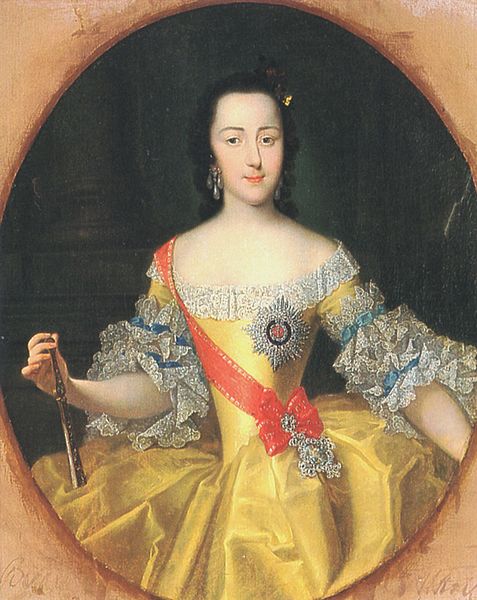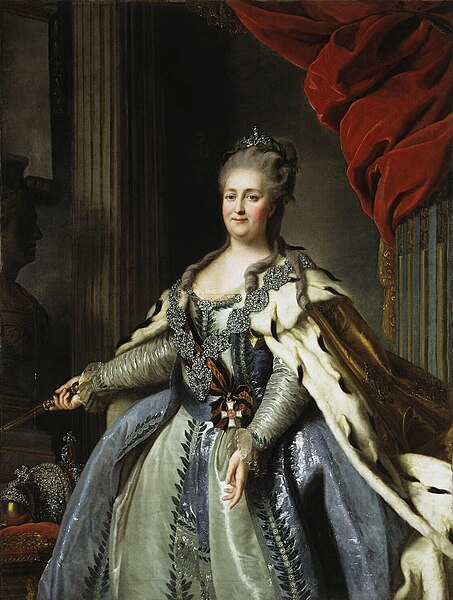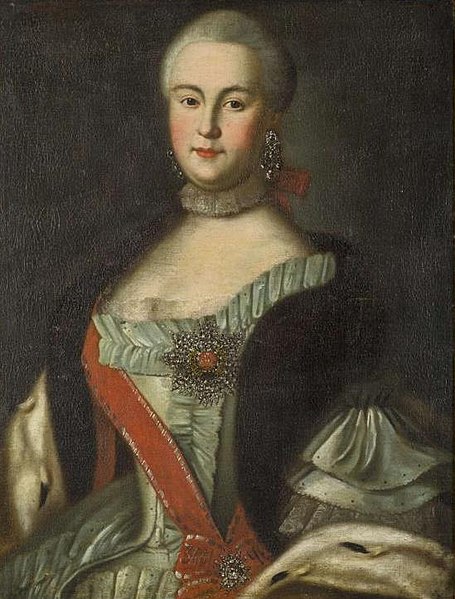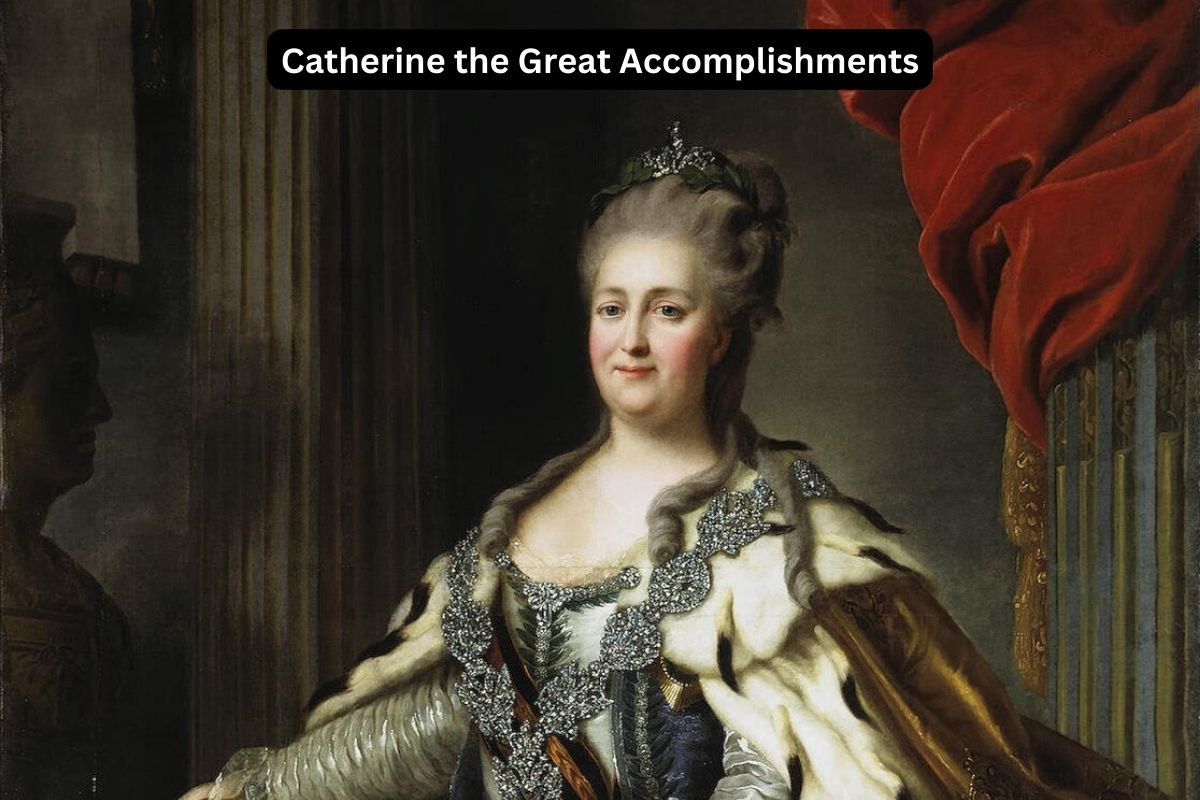Catherine the Great, one of Russia’s most illustrious monarchs, reigned from 1762 to 1796 and left an indelible mark on the history of her empire and beyond.
Often hailed as an enlightened despot, Catherine’s rule was marked by a combination of autocratic power and progressive reforms aimed at modernizing Russia.
From territorial expansion and military modernization to educational reforms and cultural patronage, Catherine’s accomplishments were as diverse as they were impactful.
This article explores Catherine’s enduring legacy as a key figure of the Enlightenment era, her contributions to the growth and development of the Russian Empire, and her complex relationship with power and reform.
Accomplishments of Catherine the Great
1. Expansion of the Russian Empire
Catherine’s reign witnessed significant territorial expansion for the Russian Empire. Through military conquest, diplomatic negotiations, and strategic alliances, she acquired vast territories, including Crimea, parts of Poland, and regions in the Caucasus.
Also Read: Facts About Catherine the Great
This expansion not only increased the size and power of the empire but also extended its influence across Eastern Europe and into Asia.

2. Educational Reforms
Catherine recognized the importance of education in fostering social progress and modernization. She implemented comprehensive educational reforms aimed at improving literacy rates and providing access to education for a broader segment of the population.
One of her most notable initiatives was the establishment of the Smolny Institute for Noble Maidens in St. Petersburg, which provided education for girls from noble families.
Additionally, Catherine supported the creation of schools, gymnasiums, and universities throughout the empire, laying the foundation for a more educated and skilled workforce.
3. Cultural Patronage
Catherine was a passionate patron of the arts and played a vital role in the cultural development of Russia during the Enlightenment era. She assembled a vibrant court filled with artists, writers, philosophers, and scientists from across Europe, fostering an atmosphere of intellectual exchange and creativity.
Also Read: Timeline of Catherine the Great
Catherine commissioned numerous architectural projects, such as the expansion of the Hermitage Museum in St. Petersburg, and supported artists like Dmitry Levitsky and Ivan Argunov.
Her patronage contributed to the flourishing of Russian literature, art, music, and theater, leaving a lasting legacy of cultural richness and innovation.
4. Legal Reforms
Catherine initiated several legal reforms aimed at modernizing Russia’s legal system and improving governance. One of her most significant achievements in this regard was the creation of the “Nakaz,” or the Instruction to the Legislative Commission, a comprehensive legal code that sought to codify and rationalize Russian law.
The Nakaz emphasized principles of justice, equality before the law, and protection of property rights. While not fully implemented during Catherine’s reign, it laid the groundwork for subsequent legal reforms in Russia.

5. Military Modernization
Recognizing the importance of a strong military for protecting and expanding the Russian Empire, Catherine embarked on ambitious military modernization efforts.
She reorganized and expanded the Russian army and navy, introducing new training methods, improving logistics, and upgrading weaponry and equipment.
Catherine’s military reforms enabled Russia to assert its power on the European continent and secure territorial gains through successful military campaigns. Her efforts contributed to transforming the Russian military into a formidable force capable of competing with other European powers.
6. Urban Development
Catherine oversaw extensive urban development projects aimed at modernizing and beautifying Russia’s cities. In addition to expanding and enhancing the capital city of St. Petersburg, Catherine founded new cities and towns across the empire, often strategically located to promote trade, industry, and agriculture.
Notable examples include the establishment of Sevastopol in Crimea as a naval base and the founding of Odessa as a thriving port city on the Black Sea.
Catherine’s urban development initiatives stimulated economic growth, attracted settlers, and promoted cultural exchange, contributing to the overall prosperity and development of the Russian Empire.

7. Expansion of Trade and Industry
Catherine recognized the importance of trade and industry in promoting economic growth and prosperity.
She implemented various measures to stimulate trade, including the establishment of new trade routes, the construction of infrastructure such as roads and canals, and the promotion of manufacturing and commercial enterprises.
Catherine’s policies encouraged entrepreneurship and innovation, leading to the growth of industries such as textiles, mining, and shipbuilding. Her efforts to expand trade and industry contributed to the overall economic development of the Russian Empire.
8. Foreign Policy Achievements
Catherine pursued an ambitious foreign policy agenda aimed at enhancing Russia’s influence and prestige on the international stage. She formed strategic alliances with other European powers, such as Austria and Prussia, to advance Russia’s interests and secure territorial gains.
Catherine also expanded Russia’s sphere of influence through diplomatic negotiations and military campaigns, particularly in Eastern Europe and the Black Sea region.
Her skillful diplomacy and military victories solidified Russia’s position as a major European power and laid the foundation for its continued expansion in the centuries to come.
9. Westernization of Russian Society
Catherine was a proponent of Western ideas and values, and she sought to modernize Russian society by adopting European customs, practices, and intellectual trends. She introduced reforms to align Russian institutions with Western standards, including changes to the legal system, education, and culture.
Catherine promoted the study of Western literature, philosophy, and science, and she welcomed European intellectuals and artists to her court.
Her efforts to Westernize Russian society contributed to the emergence of a more cosmopolitan and progressive culture, paving the way for further social and intellectual developments in Russia.
10. Legacy of Enlightened Despotism
Catherine’s reign is often characterized as an example of enlightened despotism, a system of government in which an absolute ruler uses their power to enact reforms for the benefit of the state and its people.
Despite the autocratic nature of her rule, Catherine implemented a wide range of reforms aimed at modernizing and improving Russia. She promoted education, supported the arts and sciences, and pursued policies to stimulate economic growth and development.
While her rule was not without controversy and criticism, Catherine’s legacy as an enlightened despot is evident in the lasting impact of her reforms on Russian society and governance.
